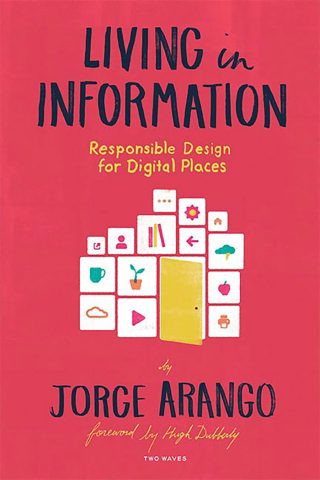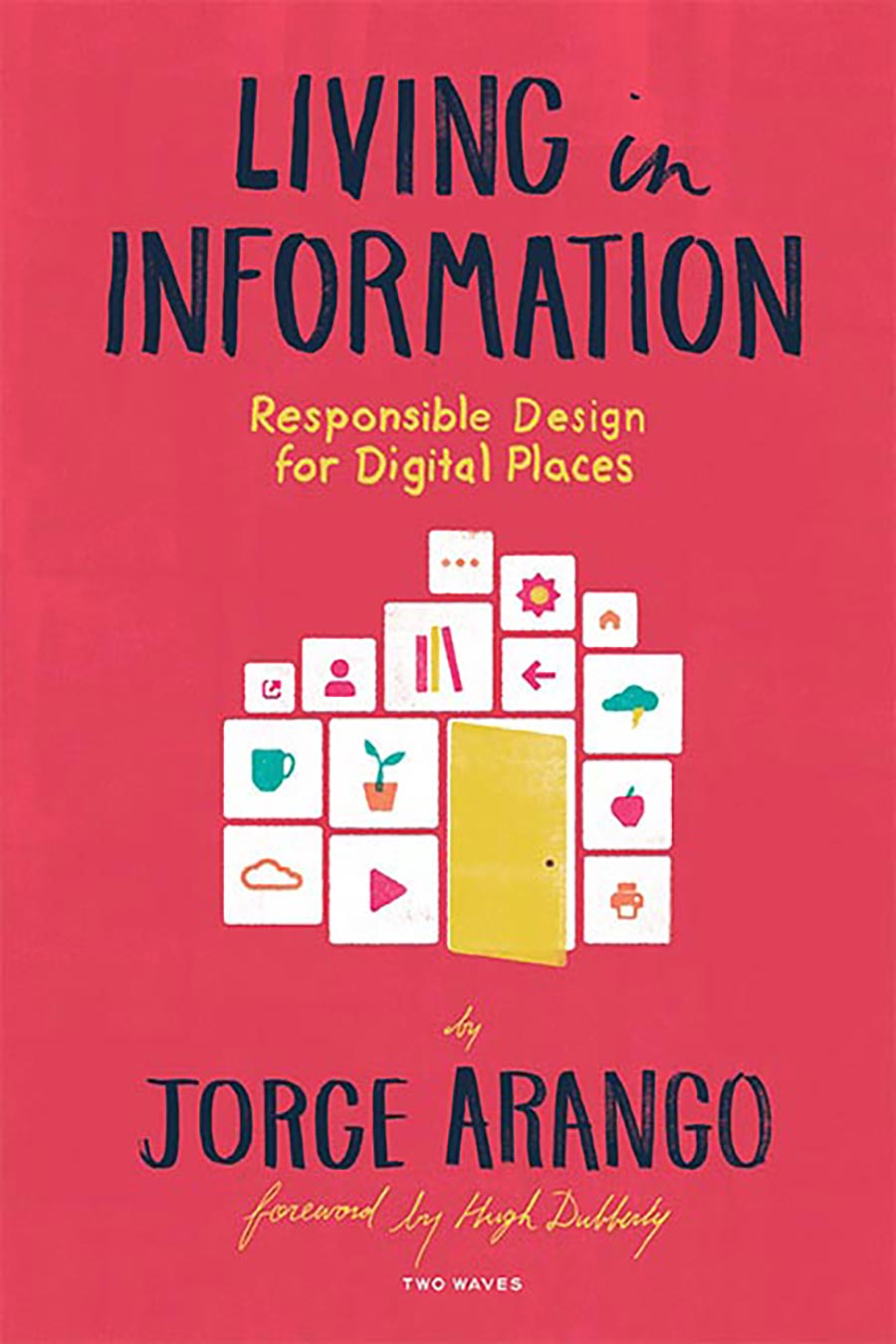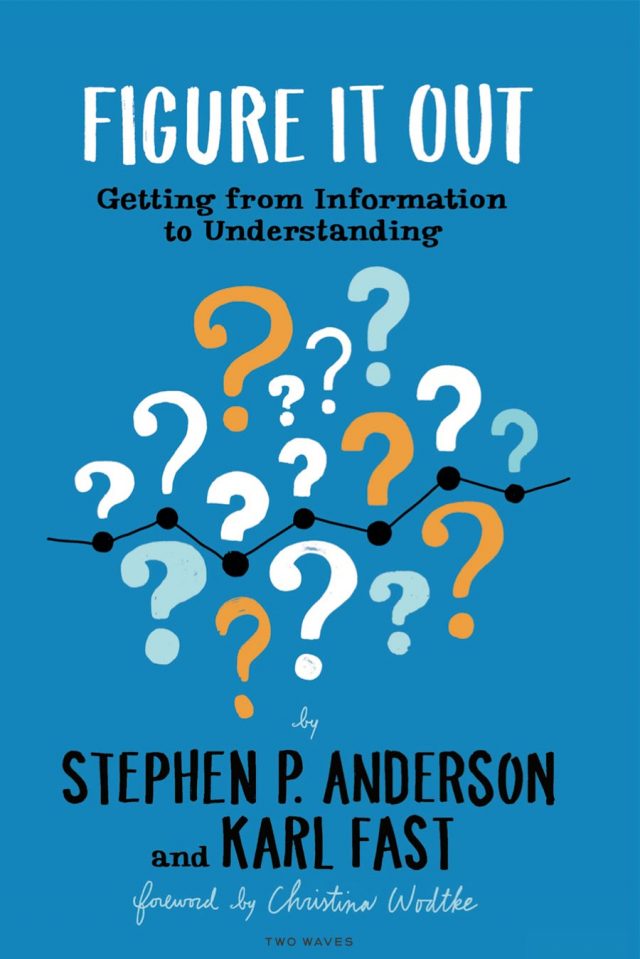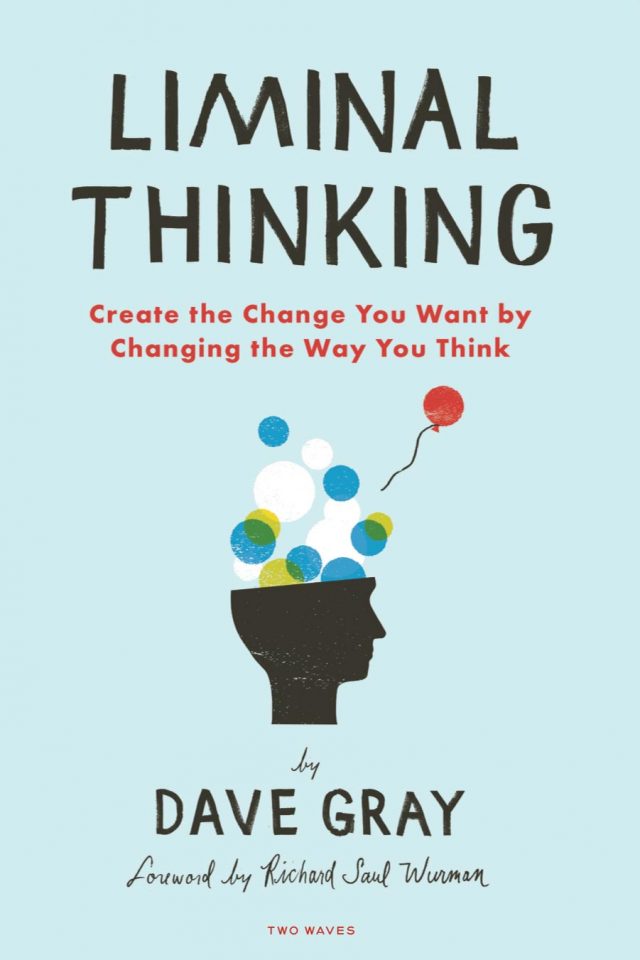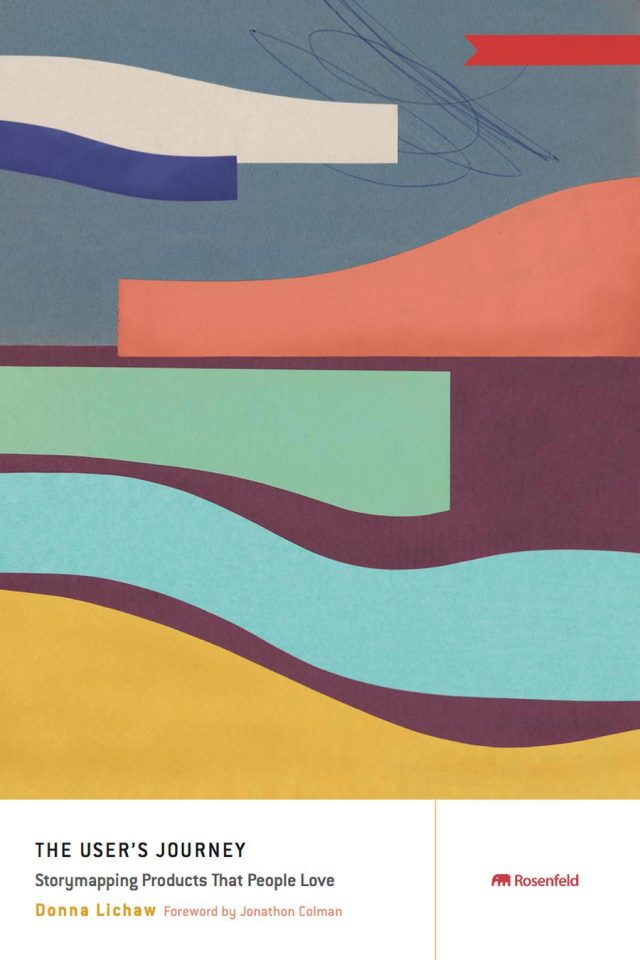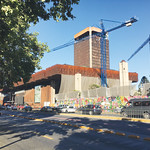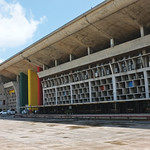Designing Within Systems
Designing has its roots in craft—in making “things,” in giving them form. And at one level, designing is concerned with “how things look”—their shape, color, and material. Yet, while “good form” is important, form is not the only concern in designing. Designers are coming to realize that “things” are enmeshed in networks—“gathered together” in systems—biological systems, systems of goods and trade, information systems, social systems, systems of technology, and more. And increasingly, designers are recognizing that we are designing within systems.
Recognizing that design has several dimensions has a long history.
Roman architect Vitruvius described three principles: “durability, convenience, and beauty.” The International Standards Organization (ISO) echoes Vitruvius, mandating software that is “effective, efficient, and engaging.” Architect Louis Sullivan proclaimed, “form ever follows function”—while Frog founder and Apple product designer Hartmut Esslinger quipped, “form follows emotion.”
Apple co-founder Steve Jobs, who hired Frog early, noted, “In most people’s vocabularies, design means veneer. It’s interior decorating. It’s the fabric of the curtains and the sofa. But to me, nothing could be further from the meaning of design. Design is the fundamental soul of a man-made creation that ends up expressing itself in successive outer layers of the product or service.”
Jay Doblin, co-founder (with Massimo Vignelli) of Unimark International, one of the first corporate identity firms, described the form and function dimensions in terms of appearance and performance. Doblin proposed a 2 x 3 matrix of “six types of design” with appearance and performance on the Y axis and products, unisystems, and multisystems on the X axis. Doblin describes “products” as “tangible objects” and “messages”; unisystems as “sets of coordinated products and the people who operate them”; and multisystems as “competing unisystems.”
Richard Buchanan, who has a PhD in rhetoric from the University of Chicago, for many years headed CMU’s design school, and now teaches in the business school at Case-Western, has proposed a similar framework of four “spaces” or “orders” of design: communications (a focus on meaning and symbols); artifacts (a focus on form and things); interactions (a focus on behavior and action); and fourth order (a focus on “environments and systems in which all other orders exist”).
Michael Porter, who teaches at Harvard Business School, has written about “how smart, connected products are transforming competition” and “redefining industry boundaries.” Porter described a similar framework with five-phases: 1) products, which become 2) smart products, which become 3) smart-connected products, which join 4) product systems, which join 5) systems of systems. Increasingly, value comes from adding “intelligence” to products—microprocessors, software, and sensors. Further value comes from connecting products to cloud-based processing, networked applications, and human services—what CMU HCII head Jodi Forlizzi calls product-service systems or product-service ecologies. Examples might be Apple’s iPhone-iTunes-App Store ecology or similar ecologies offered by Amazon, Facebook, Google, Microsoft, and others.
John Maeda, former President of Rhode Island School of Design (RISD), has offered a sort of era analysis, suggesting design practice has evolved in three stages: 1) classic design (“perfect, crafted, and complete”), 2) design thinking (“innovation … experience … empathy”), 3) computational design (“design for billions of individual people and in real time is at scale and TBD”). Design thinking clearly has roots in systems thinking, as does computational design (e.g., artificial intelligence, machine learning, deep learning, natural language processing, computer vision, etc.).
Joi Ito, head of MIT’s Media Lab, has summed up the shift in what, how, and where we design. “Design has also evolved from the design of objects both physical and immaterial, to the design of systems, to the design of complex adaptive systems. This evolution is shifting the role of designers; they are no longer the central planner, but rather participants within the systems they exist in. This is a fundamental shift—one that requires a new set of values.”
The models proposed by Doblin, Buchanan, Porter, Maeda, and Ito each provides a lens on an ongoing shift in design practice. While the frames are by no means analogs, they each in their own way point to an expansion of design practice from a narrow focus on things to a broader view of systems. And several of them recognize explicitly that designers are enmeshed within those systems.
Recognizing that we are designing within systems is not new. In 1969, Gordon Pask wrote, “… a building cannot be viewed simply in isolation. It is only meaningful as a human environment. It perpetually interacts with its inhabitants, on the one hand serving them and on the other hand controlling their behavior. In other words structures make sense as parts of larger systems that include human components and the architect is primarily concerned with these larger systems; they (not just the bricks and mortar part) are what architects design.”
While the idea that we are designing within systems is not new, most designers are just now discovering its truth and relevance. We are just now beginning to grapple with how to design within systems. And that means we need not only new values (as Ito suggested) but also new tools.
Jorge Arango has given us both. In the book that follows, Arango offers an introduction to designing within systems. He argues that we are “living in information”—in virtual structures that serve us and control our behavior. Drawing from the principles of physical architecture, he suggests principles for virtual architectures. He points out that “things” both respond to “context” and shape it. And he reminds us that we are responsible for our language—and for both the “things” that we design and their “contexts.” He asks us to take the long view—a whole-systems view.
—Hugh Dubberly
Principal, Dubberly Design Office
